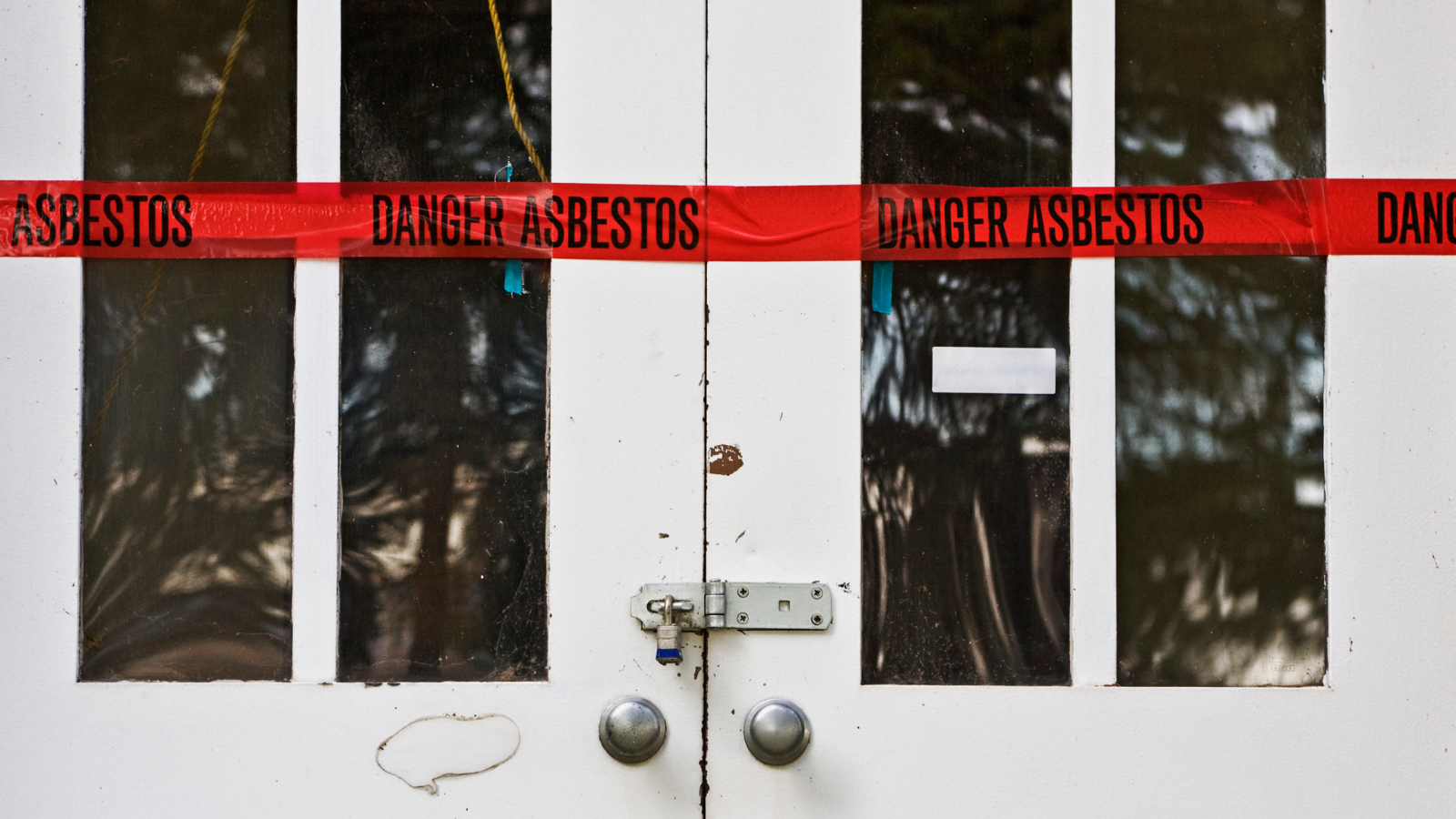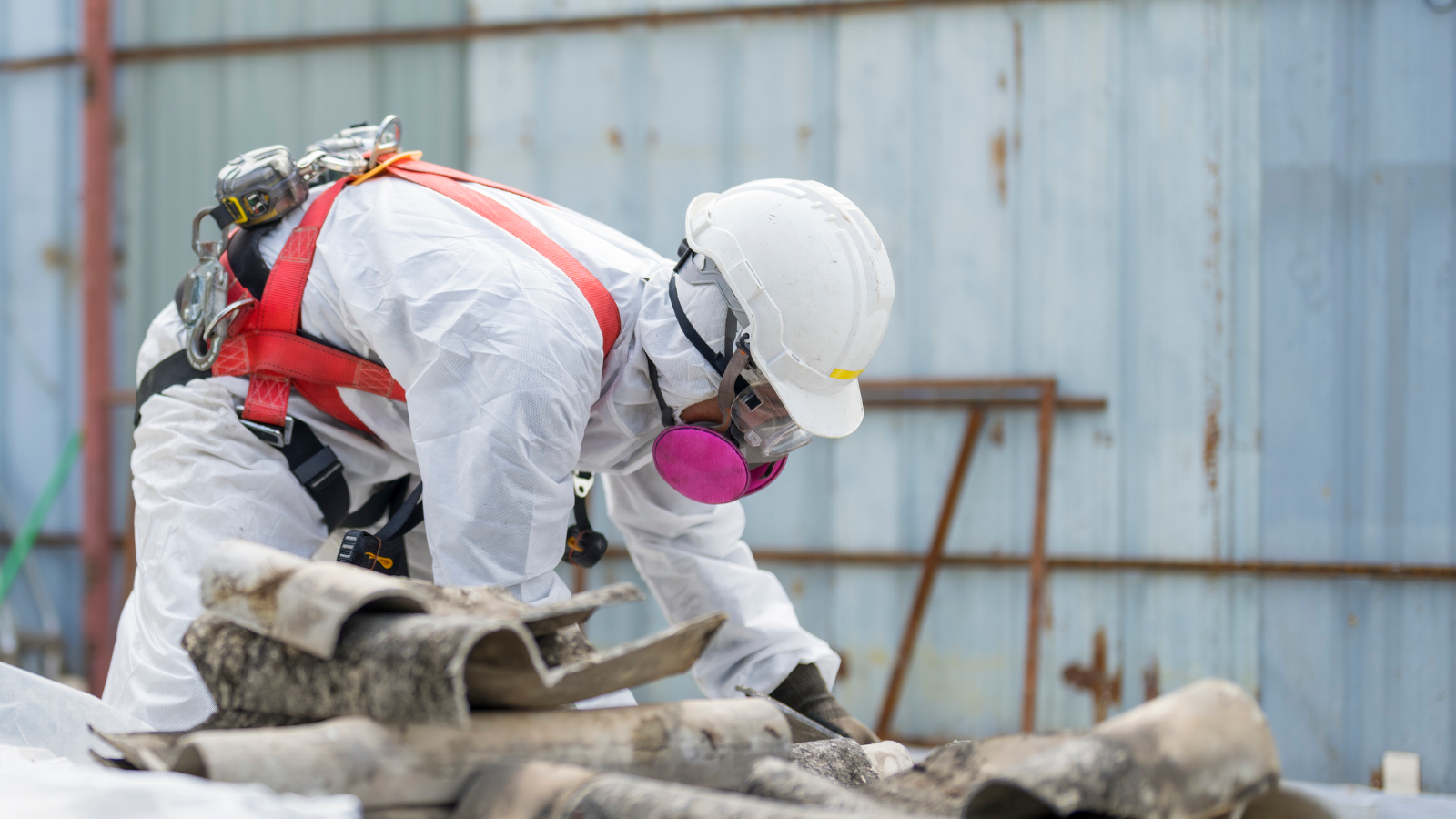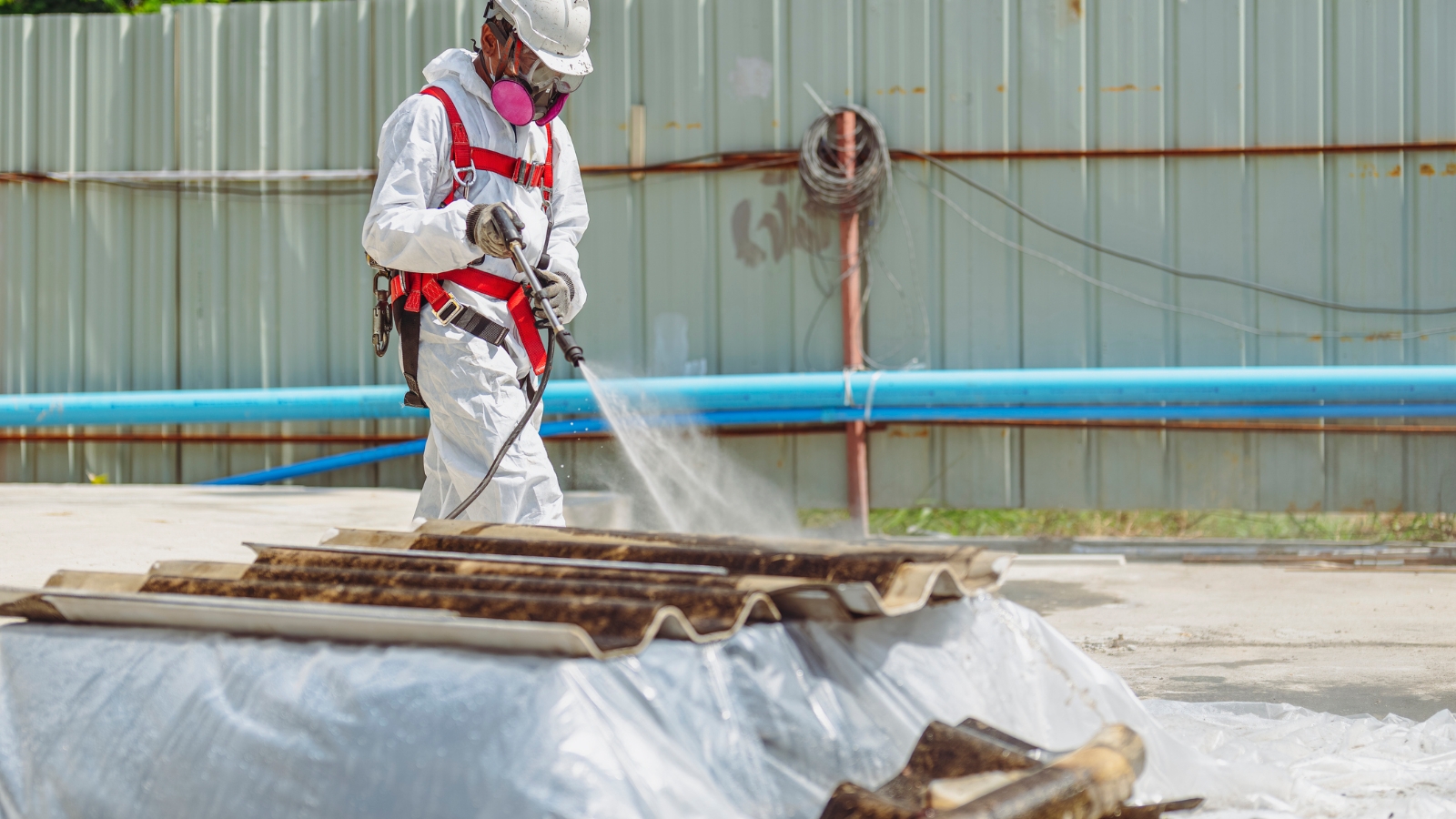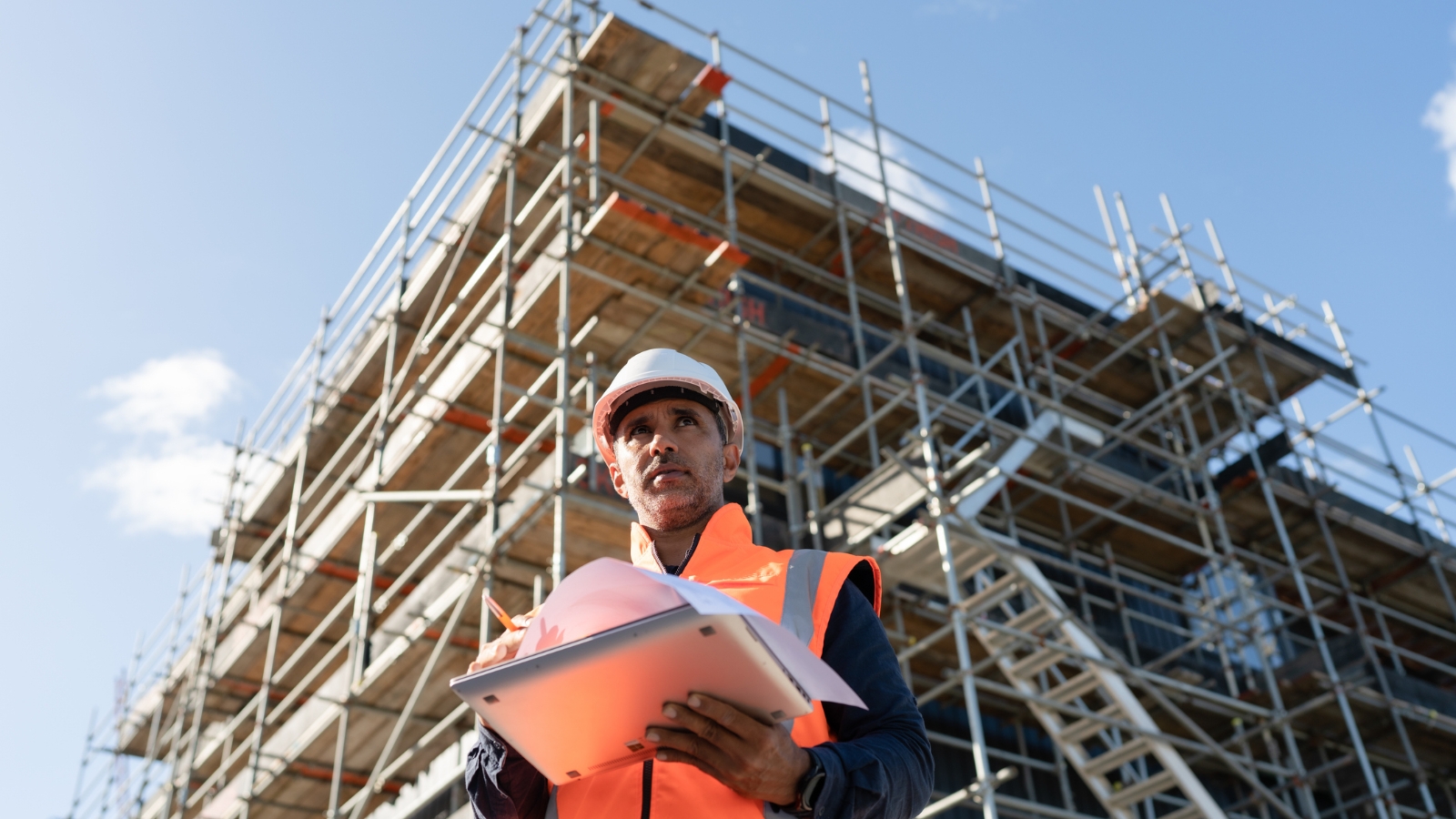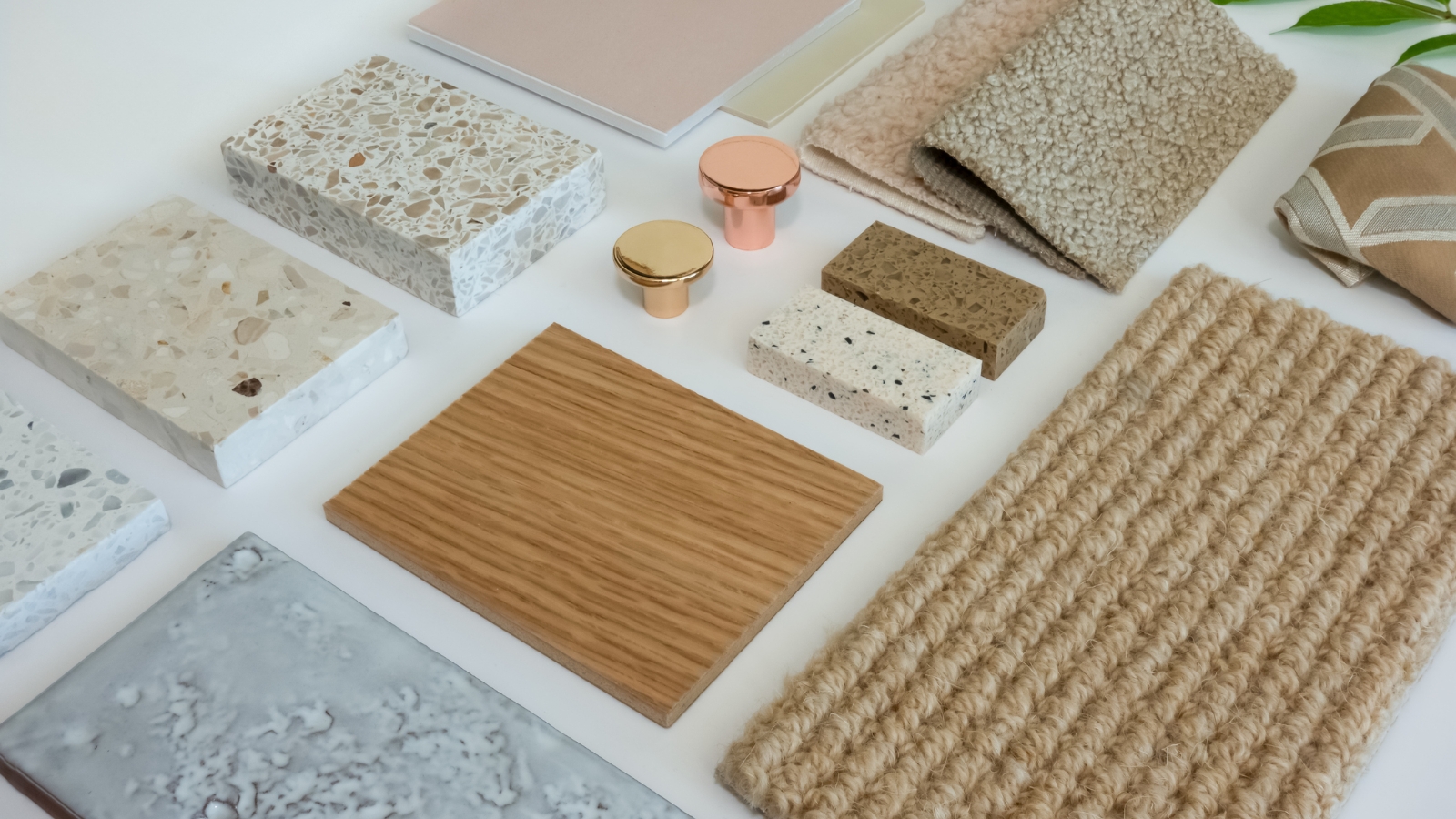Buying guide
Asbestos removal: A property owner’s guide
How to make your property safe if you suspect it contains asbestos

If you suspect that your home contains asbestos, it’s important that you take steps to keep yourself and your family safe. To help you do that we’ve put together a comprehensive guide to understanding asbestos and asbestos removal.
But first, what is asbestos?
Asbestos is a naturally occurring silicate fibre material that was a hugely popular building material for over a century in New Zealand. It was fire retardant, durable and extremely cost effective. In the early 1900s evidence began to show that inhaling microscopic asbestos fibres caused inflammation and scarring, leading to potentially fatal diseases like mesothelioma, asbestosis and lung cancer.
Is asbestos dangerous?
Asbestos can cause serious health conditions and death. However, it is generally only dangerous if its disturbed fibres are released into the air on the interior or exterior of your home.
This usually happens when renovating, repairing or maintaining a property and the materials containing asbestos are cut, drilled, sanded, or otherwise damaged. That’s why it’s so important to take extra care when making changes to your property if you suspect it contains asbestos (and to ensure all tradesmen working on your home are also aware that there may be asbestos in the home).
Asbestos can be either friable and non friable. Friable asbestos is damaged or crumbly, meaning it may be realising fibres into the air, and is therefore much more dangerous. Non friable asbestos is undamaged and in good condition and less likely to cause health problems.
Does your home contain asbestos?
Importation of raw brown and blue asbestos was banned in New Zealand in 1984. So the risk of your home containing asbestos depends on when it was built or last renovated:
Before 1940: unlikely to contain asbestos.
After 1940, before 1985: very likely to contain asbestos.
Between 1985 and 1990: likely to contain asbestos.
After 1990: very unlikely to contain asbestos.
If for any reason you suspect that your home may contain asbestos, it’s always best to contact a licensed asbestos testing and removal company to confirm your suspicions. More on this later.
It's almost always best to leave asbestos removal to the experts.
Where is asbestos found in New Zealand houses?
Asbestos was typically combined with other materials to create a wide range of building products. For that reason, it’s very difficult to spot asbestos by sight unless you have a trained eye, as it comes in countless shapes and sizes.
That said, you’re likely to find asbestos throughout the home in the following locations:
Cement cladding and roofing tiles.
Ceiling tiles (especially rough tiles).
Backing material for floor tiles or vinyl flooring.
Textured ceilings and paint.
Air conditioning ducts and boiler gaskets.
Insulation blocks and plaster cornices.
Spouting.
Insulation around pipes and hot water cylinders.
Door seals for older ovens.
Insulation boards on the floors and walls around fireplaces.
It’ss not safe to remove asbestos-containing materials yourself, as you may make the situation worse and endanger your health.
What to do if you find asbestos in your home
If asbestos is in good condition (non friable) it’s generally safe and unless you plan to renovate or otherwise disturb the material it can be left alone. However if it’s damaged or friable it can cause serious health conditions and even death.
If you suspect your home contains friable asbestos it’s always best to be safe:
Close doors and seal off the joints in doors and windows to close off the affected area.
Leave external windows open to help ventilate the area.
Cover the floor with a tarp or heavy plastic to catch asbestos fibres.
Keep everyone away from the area until testing and removal is completed.
If the asbestos is outside tell your neighbours to take precautions, seal off your windows and doors, remove outdoor furniture and cover surrounding ground with heavy plastic.
DO NOT under any circumstances attempt asbestos removal yourself.
DO NOT wet down the surrounding area as this may further spread the fibres.
Asbestos testing in NZ
If you suspect there’s asbestos in your home or you’re about to renovate, it’s a good idea to hire a professional to carry out asbestos testing and a home inspection first. This should include:
A visual inspection of your home to identify possible risk areas.
Taking samples of materials.
Analysis of samples to confirm the presence of asbestos.
Air monitoring to identify airborne asbestos, if necessary.
Once testing is complete you will receive a report including findings and recommendations for remediation.
Asbestos removal experts know how to keep you safe while removing hazardous materials.
Asbestos removal or encapsulation
Generally speaking, there are three options if you find asbestos in your home:
Asbestos removal: a licensed asbestos removalist follows relevant procedures to safely and properly remove asbestos from the property then disposes of it correctly.
Asbestos encapsulation: a licensed asbestos professional uses heavy duty sealants to seal asbestos containing materials together in order to avoid release of dangerous fibres. If the asbestos is non friable, this can be a faster and more cost effective method of making asbestos safe.
Leaving the asbestos: if the asbestos is non-friable and in good condition it may not be unsafe and it may be best to simply leave the material alone, undisturbed. It’s best to get a professional opinion before you leave asbestos in your home.
If you hire an asbestos removal company it’s important to choose one with the right licence. Those with a class A licence can remove any amount of friable asbestos, whereas those with a class b can only remove non-friable asbestos.
Better safe than sorry
Unfortunately asbestos is hiding in thousands of homes throughout New Zealand. It may be harmless if left undisturbed, but it is often damaged during regular maintenance repairs or renovations. That’s why it’s always better to be on the safe side.
If your home was built before 1995 it’s worth having an inspector identify asbestos in your home, especially if you’re about to disturb any of the property’s surfaces. Taking a little care now could help ensure your home is healthy and safe for years to come.
DISCLAIMER: The information contained in this article is general in nature. While facts have been checked, the article does not constitute an advice service. The article is only intended to provide education about asbestos. Nothing in this article constitutes a specific recommendation for any specific person. We cannot assess anything about your personal circumstances, or your home. Before making decisions about property, we highly recommend you seek professional advice.
Author
Other articles you might like
